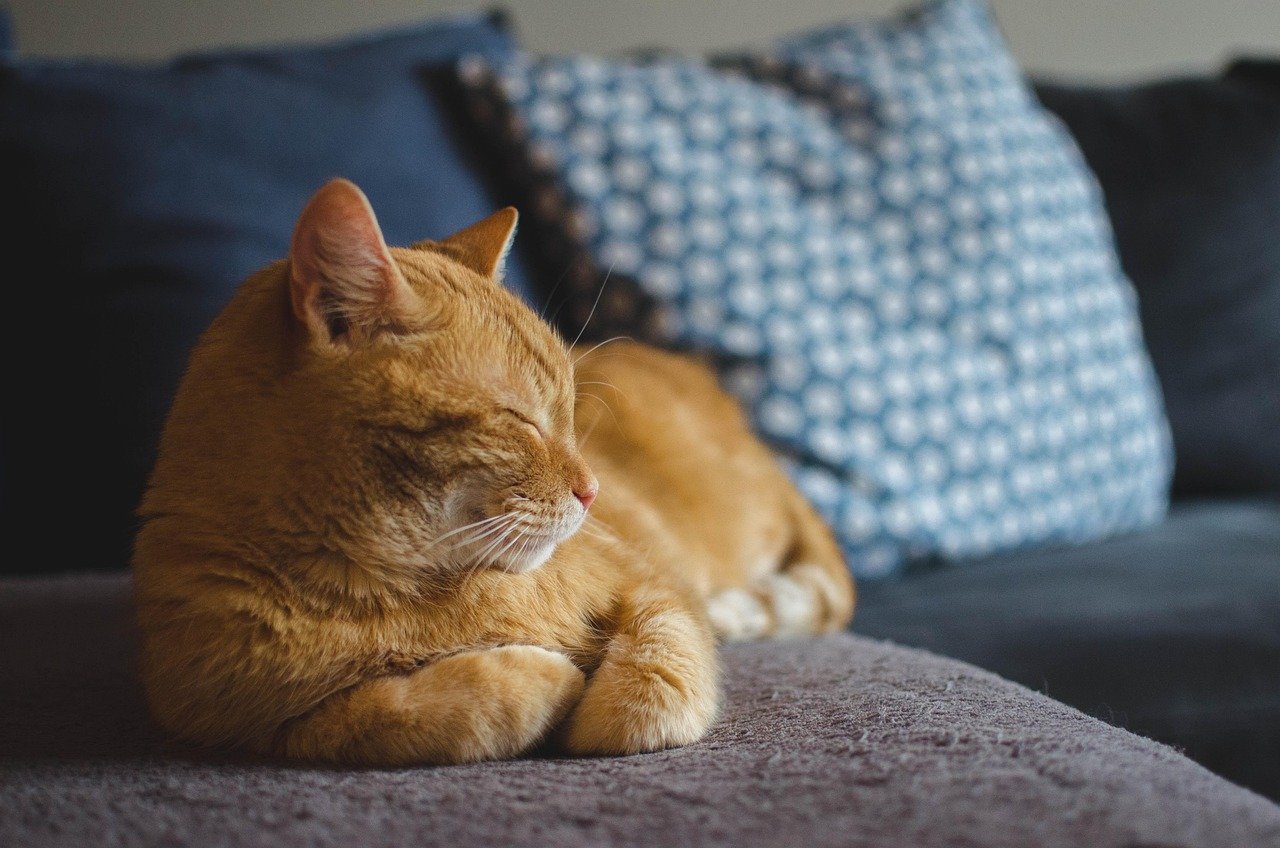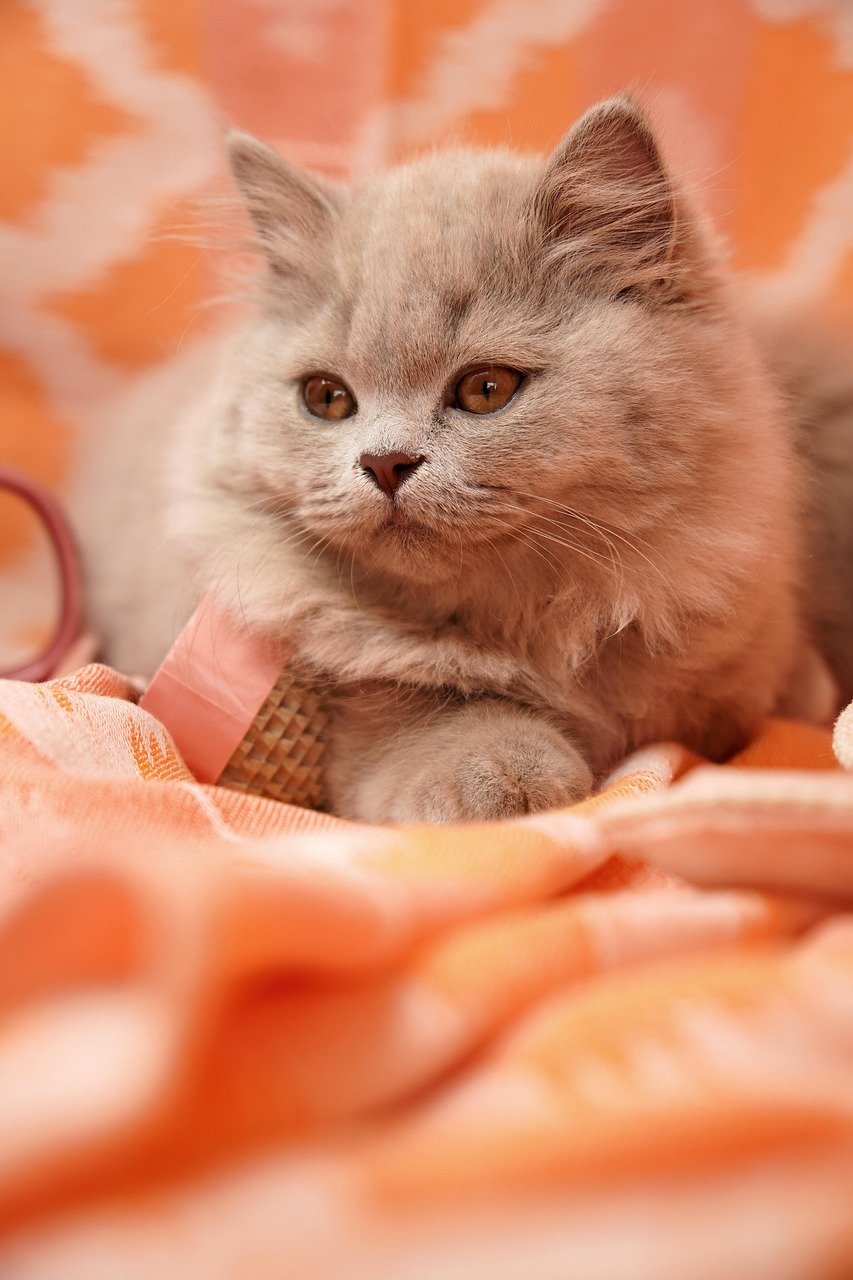Smilodon: The Legendary Saber-Tooth Tiger

Picture this: a cat the size of a modern lion, but with canine teeth so massive they could pierce through the skull of a woolly mammoth. The Smilodon, commonly known as the saber-tooth tiger, roamed North and South America until about 10,000 years ago. These incredible predators had canine teeth that could grow up to 7 inches long – longer than a chef’s knife!
What made these cats truly terrifying wasn’t just their size, but their hunting strategy. Unlike modern big cats that rely on suffocation, Smilodon used those massive fangs to deliver devastating puncture wounds to their prey’s throat and belly. Their jaw muscles were so powerful they could generate bite forces strong enough to crack bone with ease.
Homotherium: The Scimitar Cat’s Razor-Sharp Arsenal

Meet the scimitar cat, nature’s version of a medieval warrior armed with curved swords. Homotherium had serrated, blade-like canine teeth that curved backward like deadly scimitars. These cats were built for precision killing, using their razor-sharp fangs to slice through flesh and bone with surgical accuracy.
Unlike their saber-tooth cousins, scimitar cats were lean and built for endurance hunting. They could pursue prey across vast distances, and when they caught up, those curved teeth would deliver fatal wounds that caused massive blood loss. Their teeth were so sharp they could cut through thick hide like butter.
Thylacosmilus: The Marsupial Mimic with Bone-Crushing Power

Here’s where things get weird – Thylacosmilus wasn’t even a true cat! This South American marsupial evolved saber teeth completely independently, proving that massive fangs were such an effective hunting tool that evolution invented them twice. These strange creatures had teeth that never stopped growing throughout their lives.
What made Thylacosmilus particularly dangerous was their unique jaw structure. Their lower jaw had special flanges that protected those ever-growing sabers, and their bite force was concentrated into those two devastating points. They could deliver bone-shattering blows that would make even a Smilodon think twice about picking a fight.
Dinofelis: The False Saber-Tooth with True Killing Power

Dinofelis earned the nickname “false saber-tooth” because their canine teeth were shorter than their famous cousins, but don’t let that fool you. These cats compensated for smaller fangs with incredibly powerful jaw muscles that could generate crushing bite forces. They were the hydraulic press of the ancient cat world.
These predators had a unique hunting strategy that involved using their powerful bite to crush the skulls of their prey instantly. Fossil evidence shows they regularly hunted early human ancestors, earning them another terrifying nickname: “the cat that ate our ancestors.” Their teeth might have been shorter, but they were thick and robust enough to shatter bone without breaking.
Machairodus: The Original Saber-Tooth Pioneer

Long before Smilodon became famous, Machairodus was terrorizing prey across Europe, Asia, and Africa with the first true saber teeth. These cats were the evolutionary pioneers that proved massive fangs could be a winning strategy. Their teeth were proportionally even larger than those of later saber-tooth cats.
What set Machairodus apart was their incredible neck strength. They had to develop massive neck muscles to support and control those huge fangs during attacks. When they bit down, the force was so concentrated that they could punch through the thickest bones like they were made of cardboard. They were essentially living can openers designed by nature.
Xenosmilus: The Cookie-Cutter Killer

Xenosmilus had perhaps the most uniquely shaped teeth of any ancient cat. Their fangs were broad and serrated like steak knives, designed to cut clean through bone and flesh in one devastating bite. These cats were the ultimate precision killers, able to remove chunks of meat and bone with surgical efficiency.
The most chilling aspect of Xenosmilus was how clean their kills were. Paleontologists have found prey remains that look like they were processed by a butcher rather than killed by a wild animal. Their teeth were so perfectly designed for cutting that they could dismember prey with minimal effort, leaving behind evidence that looks almost too neat to be natural.
Barbourofelis: The Nimravid with Nuclear-Powered Jaws

Technically not a true cat but a nimravid, Barbourofelis deserves recognition for having some of the most devastating teeth in prehistoric history. These creatures had canine teeth that were incredibly thick and powerful, designed to deliver bone-crushing blows rather than precise cuts. They were the sledgehammers of the ancient predator world.
What made Barbourofelis particularly fearsome was their jaw-opening ability. They could open their mouths to an almost impossible 120 degrees, allowing them to bring those massive fangs to bear with devastating effect. When they bit down, the concentrated force was so intense that it could shatter the leg bones of elephants and other massive prey.
The Engineering Marvel Behind Ancient Fangs

These ancient cats didn’t just have big teeth – they had perfectly engineered killing machines. Each species evolved unique adaptations to support their massive fangs, from reinforced skulls to specialized jaw muscles. The physics behind their bite force would make modern engineers envious of nature’s design.
Consider the incredible engineering challenge: how do you create a tooth that can punch through bone without breaking? These cats solved this problem with teeth that had perfect curves, optimal thickness, and specialized root structures. Their fangs were literally stronger than steel when measured pound for pound.
Why Did These Bone-Crushers Disappear?

The extinction of these incredible predators remains one of paleontology’s most intriguing mysteries. Climate change, prey extinction, and competition from pack hunters all played roles in their demise. As megafauna disappeared, these specialized bone-crushers found themselves without suitable prey.
Modern big cats succeeded where saber-tooth cats failed because they were more adaptable. While a Smilodon needed large, slow prey to make effective use of its massive fangs, a modern lion can hunt anything from gazelles to buffalo. Specialization made these ancient cats incredibly effective, but it also made them vulnerable when the world changed.
What We Can Learn from Ancient Predators

These prehistoric cats teach us that evolution is constantly experimenting with new solutions to survival challenges. The fact that saber teeth evolved multiple times in different lineages shows just how effective this hunting strategy was. Nature kept returning to the same solution because it worked so well.
Today’s house cats carry the genetic legacy of these ancient bone-crushers. Those tiny fangs in your pet’s mouth are evolutionary descendants of teeth that once shattered mammoth bones. Every time your cat catches a mouse, you’re witnessing hunting behaviors that were perfected by their saber-toothed ancestors millions of years ago.
The Legacy Lives On

While we’ll never see these magnificent predators stalking through our world again, their legacy continues in every modern cat. From the smallest kitten to the largest tiger, all cats share the predatory instincts and hunting techniques that made their ancient relatives so successful. Those playful pounces and mock attacks your house cat performs? They’re practicing skills that once brought down creatures ten times their size.
The story of these ancient felines reminds us that our planet has hosted some truly incredible creatures. These weren’t just bigger versions of modern cats – they were entirely different approaches to being the ultimate predator. Which of these bone-shattering hunters would you have been most terrified to encounter in the wild?
Hi, I’m Bola, a passionate writer and creative strategist with a knack for crafting compelling content that educates, inspires, and connects. Over the years, I’ve honed my skills across various writing fields, including content creation, copywriting, online course development, and video scriptwriting.
When I’m not at my desk, you’ll find me exploring new ideas, reading books, or brainstorming creative ways to solve challenges. I believe that words have the power to transform, and I’m here to help you leverage that power for success.
Thanks for stopping by, Keep coming to this website to checkout new articles form me. You’d always love it!






